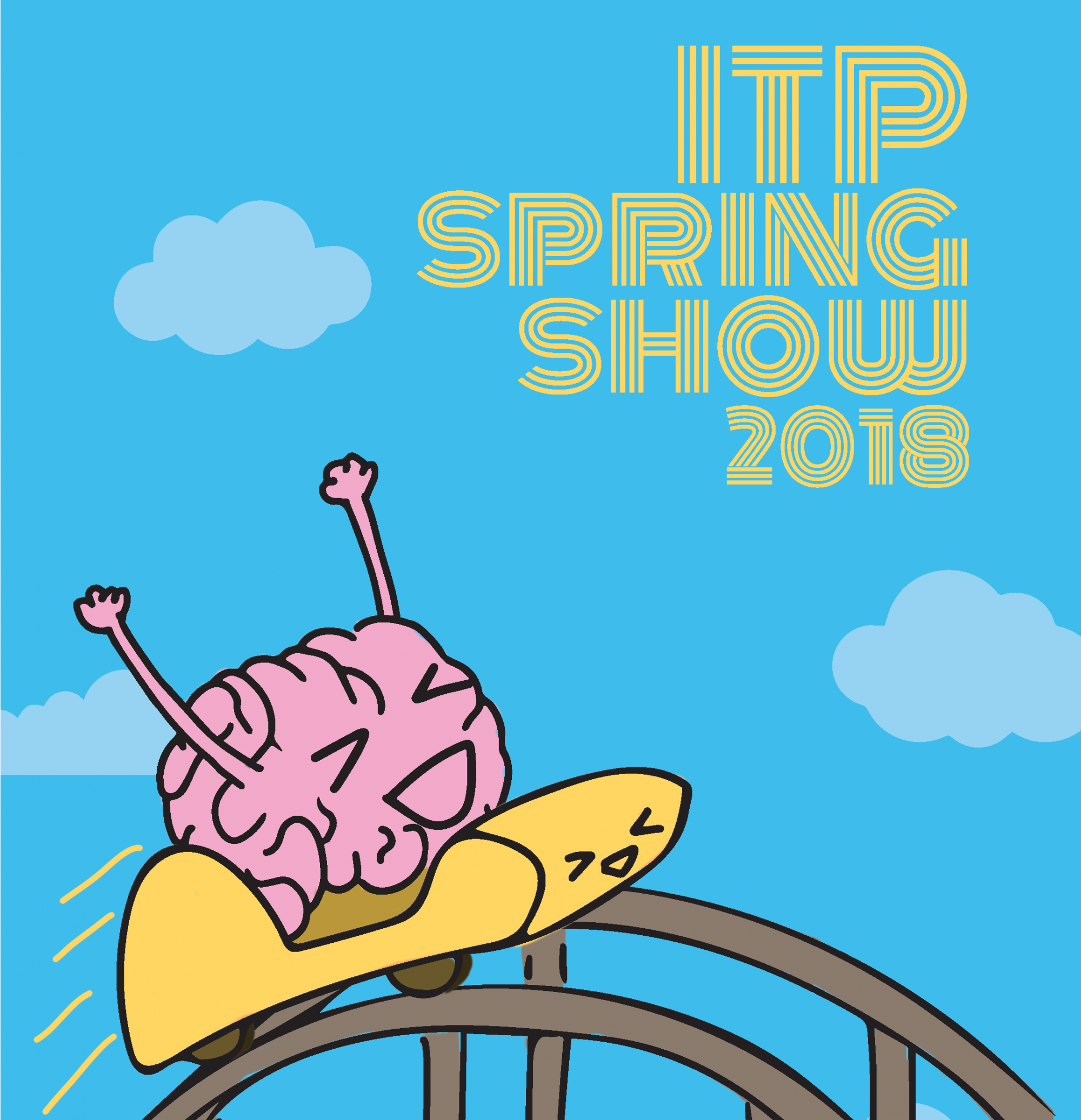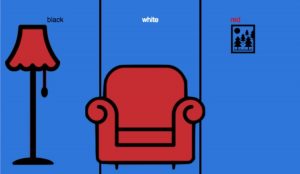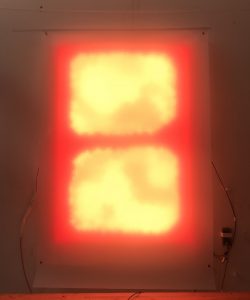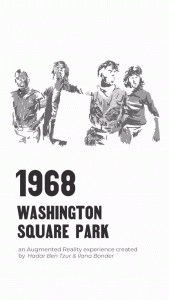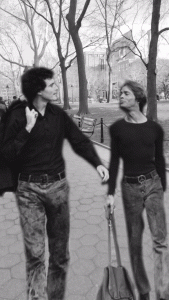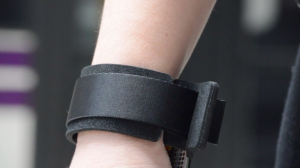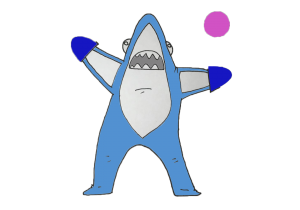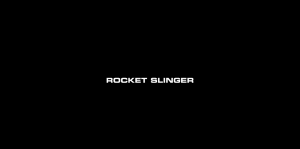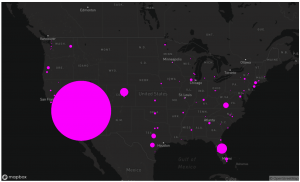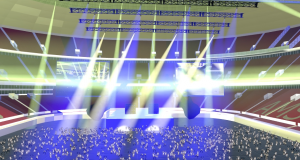Zahra Khosravi
Interior design color predictor will learn user's selection pattern and predicts and matches the color combinations for furniture (3 color options) and interior wall paint (unlimited number of randomly generated options) using machine learning. Users enter their choices using a touch screen platform.
https://wp.nyu.edu/zahra_k_itp/interior-design-with-machine-learning/
Description
The user selects their favorite color combinations for furniture and pair it up with the paint of interior of their house for a limited number of times and the color predictor code will learn their selection pattern and predicts their favorite combinations using machine learning methods for unlimited wall paint options. The code learns the users' selection pattern and predicts and matches furniture color from 3 choices ( dark Gray, White, Red) with unlimited interior wall paint options randomly generated by the code. The user gives the color predictor their favorite furniture color combinations for any given wall paint for a limited number of time by tapping their foot on a wooden platform ( the platform uses sensors to sense and record their choice). Then, by running the code, they will see what the color combinations the code predicts for other interior wall paint options on the monitor. It is very exiting to see your favorite furniture and interior wall paint combination predicted by the code.
Classes
The Nature of Code
